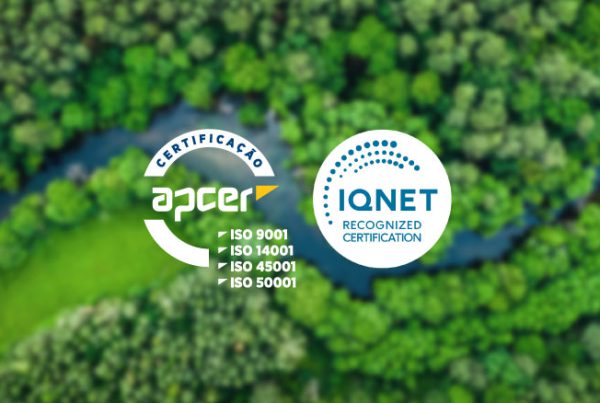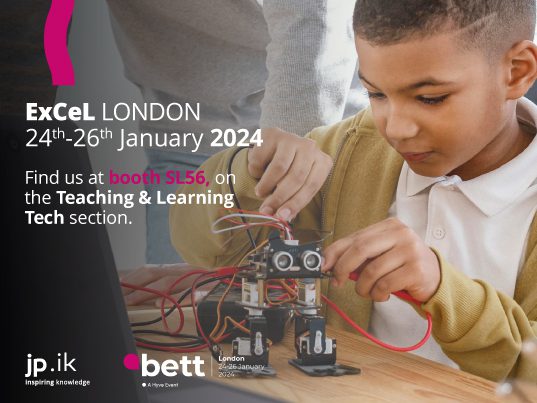In the long term, teachers and educators must work with hardware and software developers in order to ensure that the needs of the SEND community are respected.
This pilot project aimed two complementary groups. On the one hand are the educators kindergarten educators, K12 SEND (Special Educational Needs and Disabilities) teachers supporting regular classes and professionals form the northern ICT Resources Centre for SEND (CRTIC). On the other hand, are the K12 SEND students with physical impairment or learning difficulties, many of them related with writing, reading and numeracy skills, including the cases when these skills are just hard to develop. This group includes students with physical disabilities, visual impairment, speech disorders, language and communication difficulties, as well as emotional and behavioural problems. In 2012, and according with The European Agency for the Development of Special Needs Education:

The Pilot Project targets The Educators
The main goal of this pilot project is to offer the educators new means to improve their work and interactions with SEND students by exploring the hardware adequacy and appropriate software for distinct purposes. Nevertheless, this educational pilot project also aims not only to create opportunities for professional development amongst this group of educators, enhancing the establishment of a communitys culture, but also to gather valid and œin loco feedback on jp.ik products in order to make them more suitable for different learners.
The Pilot Project targets The Students
In the context of this pilot project jp.ik aims to enhance the development of SEND students autonomy and to increase their opportunities to functionally connect with the world, exploring their needs and interests. To some of these students this may be the only way to communicate and participate in their communities, enabling daily routines.
So where and when this pilot project started?
This project started in 2013 and is running in Cerco School Group in the city of Oporto, but it is also running in schools in the northern region of the country for which CRTIC is responsible.

How does the Project works?
KINDERGARTEN
The devices are in the classrooms as familiar and ludic objects to the children, although they are used for pedagogical purposes. This way the devices easily become facilitators for accessibility in learning. Through this first contact with digital environments, other needs can also be recognized in terms of learner autonomy development, such as specific conditions for access and use the digital resources. The learning environment at this age group is particularly pervious to inclusion and the intention to have this resource available to all the children enables the Universal Design for Learning (equitable, flexible, simple and intuitive, perceptible information, tolerance for error, low physical effort, size and space for approach and use).
K12 SEND EDUCATORS
Special Education teachers have MGDUO that works as computer and tablet with free software according to their students needs. Each teacher is responsible for deciding what students will use the computer and how they will use it, taking into account development, curriculum areas, skills and the students functionality. The technology is used as educational resource for differentiated strategies and not as products for personal support.
CRTIC PORTO
In the last year, the focus was on the use of MGDUO for students with visual impairment, in order to evaluate to what extent 10 computers would be functional for them with screen magnifiers (accessories); multi-touch expansion; direct accessibility; keyboard; reading text aids; screen readers; and accessibility manager. In addition to these factors some other devices features are analysed, such as contrast, brightness, and keyboard color. This work is done with teachers of the special education group 930 (visual impairment) from other school group
What are the outcomes insofar ?
SOCIAL GAINS
Among students and between students and teachers: The use of these devices enables more interaction once children get involved in activities they clearly want to share with others.
Among teachers: Creation of a Community of Practices which is truly important among these educators who usually feel isolated because of the specificity of their work and the particularity of their students needs.
Within the broader community (School-Home): These students wanted to use the devices at home and they ask for their parents and siblings help which widens the communication between them, enabling the community to use technologies for more inclusive communicational purposes. Furthermore, these kids were using the technologies intentionally to accomplish particular needs and clearly respecting security items.
PEDAGOGICAL GAINS
It has been easier to early evaluate students characteristics and needs.
Multiple languages to approach learning.
Learning immediate feedback.
Personalized and meaningful learning.
Self-awareness of capabilities and weaknesses.
Greater relationship between acquired learning and forthcoming acquisitions.



